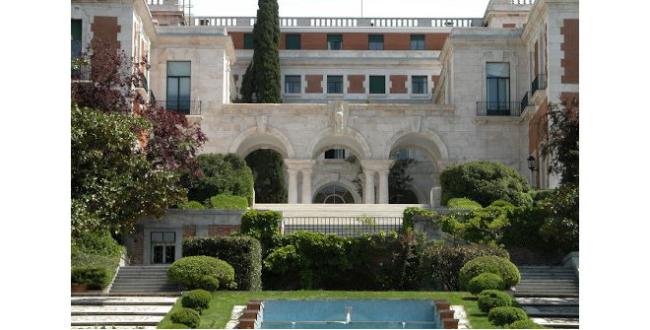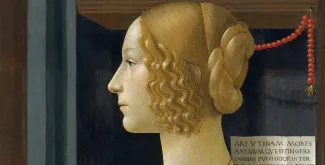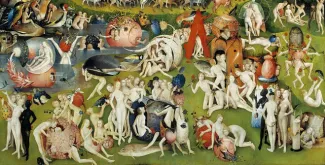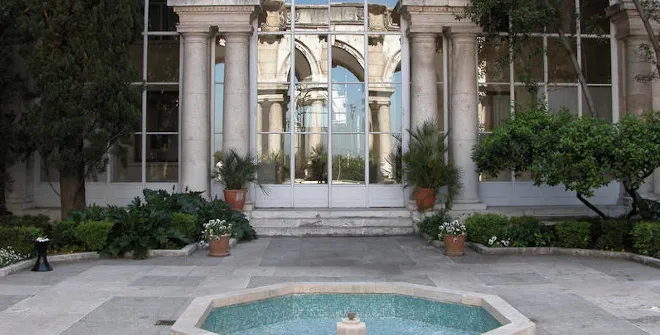Casa de Velázquez
Information
This French institution, founded in 1920, opened its Madrid headquarters in 1928 in Ciudad Universitaria. It works to encourage cooperation and artistic, cultural, and university exchanges through bilateral and international agreements. It is currently working under the French Ministry of Higher Education, Research, and Innovation, and is part of the network of five Écoles françaises à l'étranger.
Since its creation, it has supported contemporary artistic creation and scientific research in the field of Human and Social Sciences. This dual mission is developed through the joint action of the Académie de France à Madrid (artistic section) and the Escuela de altos estudios hispánicos e ibéricos - EHEHI (scientific section).
Every year, Casa de Velázquez hosts and supports around a hundred researchers and creators through a wide range of residences, lasting from a few months to a year. In addition, in order to promote the work carried out within the institution, an extensive programme of activities is open to the public: exhibitions, screenings, concerts, meetings, symposia… It also has a publishing service that publishes about fifteen books a year, both in paper and in digital format – many of them in open access – as well as a biannual magazine, Mélanges de la Casa de Velázquez.
In addition, it has a library (with a collection of around 150,000 books and more than 1,800 journal titles) that is open to all researchers from master’s level onwards, with free registration.
The institution also hires out its facilities for exclusive and prestigious events to be held in its historical grounds. Surrounded by two hectares of French gardens, the building offers magnificent views of the Sierra de Guadarrama and its sunsets.
ORIGINS OF THE CASA DE VELÁZQUEZ

In 1909, the University of Bordeaux opened a School of Higher Hispanic Studies in Madrid to welcome young French researchers. The French government mobilised intellectuals and renowned artists to improve relations with Spain and, in May 1916, a trip was organised for French scholars.
At the end of the campaign carried out by Pierre Paris, Director of the School of Higher Hispanic and Archaeological Studies, who was passionate about Spain, with the support of Charles-Marie Widor, King Alfonso XIII chose in person a 20,000 m2 plot of land, in what was later to become the area known as Ciudad Universitaria de Madrid. This land would be transferred to France by means of usufruct, by a law passed in 1920, provided that a residence for young artists and young researchers was built. The palace was named Casa de Velázquez, a fashionable painter among scholars of the 1920s.
The first buildings were inaugurated in 1928 and the entire complex was completed in 1935. In the front line during the Battle of Madrid (November 1936) in the Spanish Civil War, Casa de Velázquez was burned and partially destroyed. The artists and researchers first went to Fez, in Morocco. Back in Madrid in 1939, Casa de Velázquez was housed in the facilities of the Liceo Francés, and, from 1940 onwards, in a mansion house on Calle de Serrano. In 1959, after four years of reconstruction, the institution returned to its original location.
Services
Docking station: INEF (Avenida Juan de Herrera frente a la calle Paul Guinard)
--
Our suggestions

Thyssen-Bornemisza National Museum








